What is Mexican Spice
Mexican food is incredibly varied; it’s much more than tacos, that’s for sure. Rich broths, pit oven barbecue, and stews, grilled meat and delectable seafood, Mexican cuisine has many forms, but it’s always colorful and always intensely flavorful.
Mexican food, though, is not as spicy as many people think. Compared to others, like Indian cuisine, Mexican food uses spices mildly. The country’s food is often hot, yes, because chili peppers are widely used, but other than that, the country’s cuisine is light on seasonings.
Nevertheless, the spices used make all the difference in flavor and aroma, and it’s a good idea to get to know them better. Here are the top 5 Mexican herbs and spices, the heart and soul behind our favorite Mexican dishes.
1. Oregano
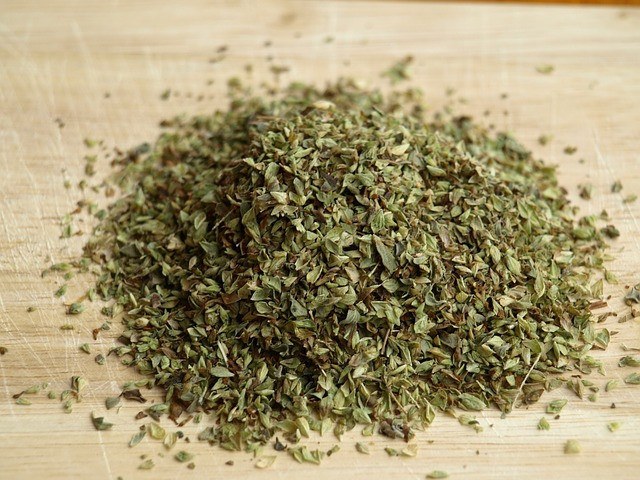
Oregano is a Mediterranean herb, and you’ll see it in Greek, Italian, and many other Mediterranean cuisines. The aromatic, wide-leaf herb arrived in Mexico in the 16th century with the Spanish conquerors and soon became popular.
Perhaps not the most used herb in the Mexican repertoire, oregano does play a special role in iconic dishes such as the large-grain corn broth called pozole.
With a chicken or pork-based broth, the soup has a fistful of corn grains, but the magic happens at the table. People customize their pozole bowls with shredded lettuce, fried tortilla, spicy salsa, lime juice, radishes, and, most importantly, oregano.
2. Chili Peppers
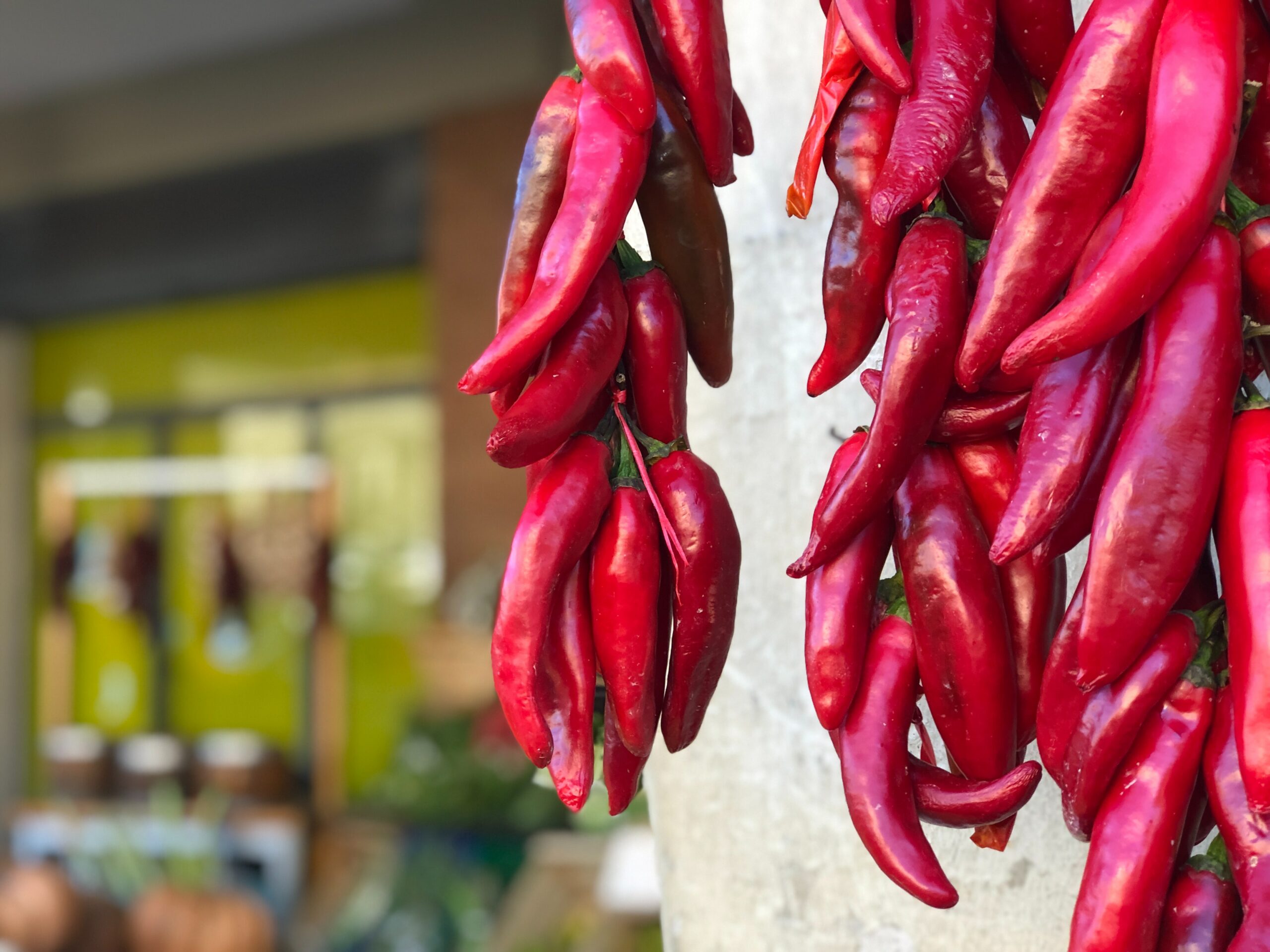
Mexico is all about hot peppers; if there’s no spicy sauce at the table, then it’s not a proper meal. Eating chili peppers from breakfast through dinner is customary, and around 20 different hot pepper varieties abound, from the mildly spicy jalapeño to the fiery habanero.
When dried, chili peppers become an authentic spice that can lift the flavors of any dish. The most common dried peppers are the ancho, chipotle, guajillo, arbol, and piquin.
Each pepper has a unique flavor profile, and they all offer different spice levels. It takes some serious skill to cook with chili peppers, but the result is always well worth it.
3. Hoja Santa
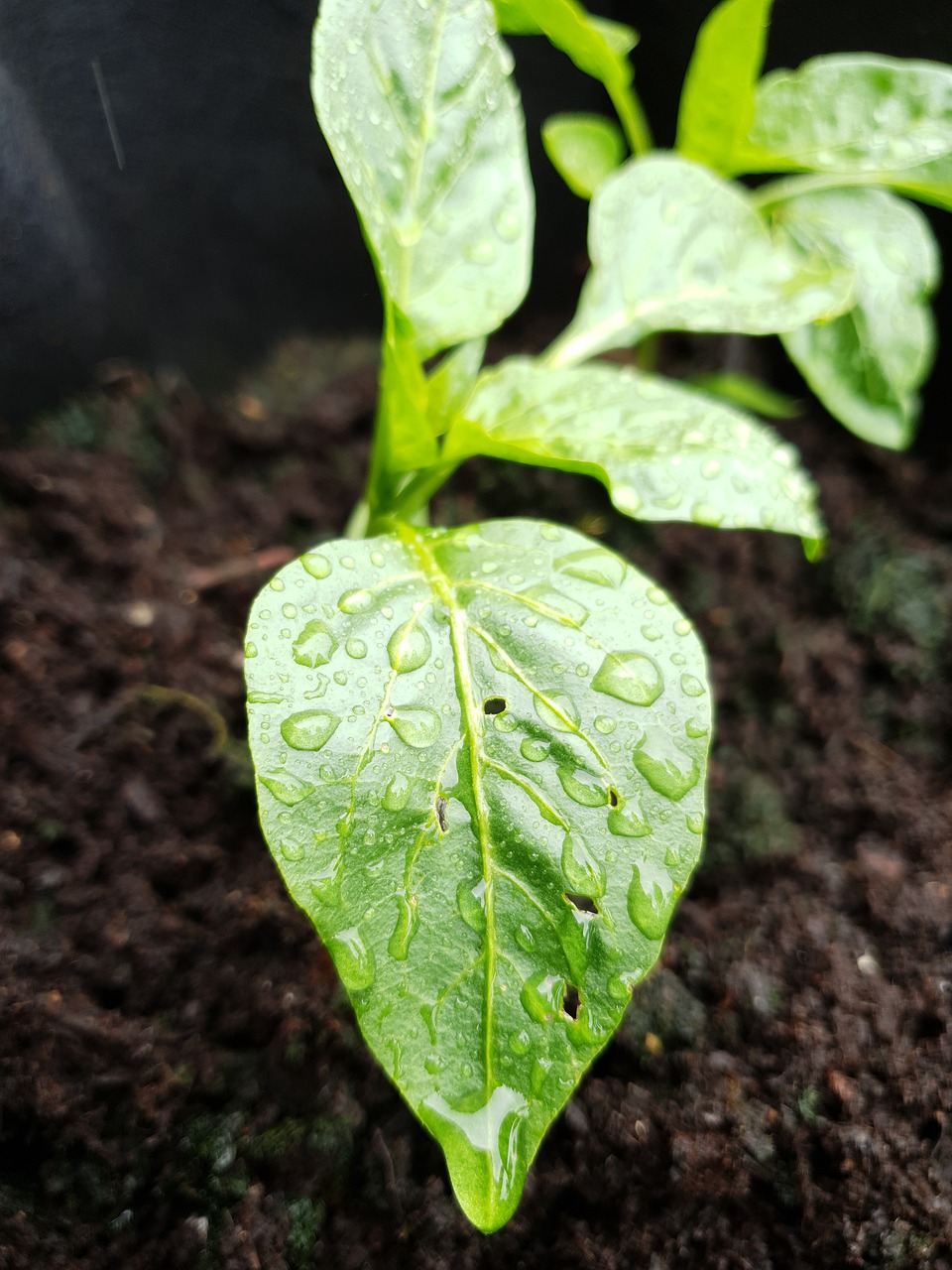
The hoja santa or ‘holy leaf’ is a large, bright green leaf native to Mexico and South America. It grows in the highlands, the damp forests covering central Mexico and its Atlantic coast.
If you’ve ever heard about tamales, the famous corn dough steamed dumplings; then, you’ll probably already tasted hoja santa, which gives flavor to some varieties. Think of eucalyptus meets anise or mint; that’s how this aromatic leaf tastes. It’s especially tasty when used to wrap fish or other seafood specialties.
The fact that the holy leaf is not widely known is a shame because the world could certainly benefit from its delicious flavor.
4. Axiote
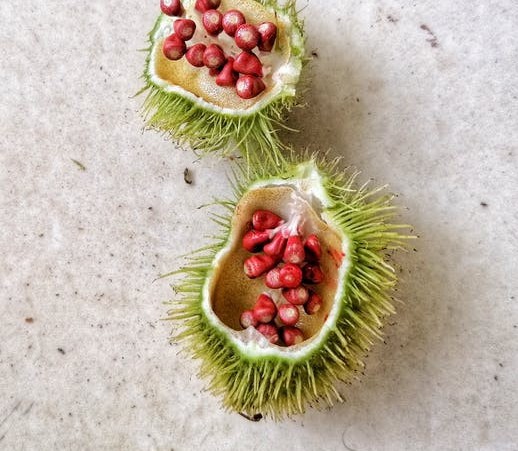
Axiote is the Mexican name for the bright red colored annatto seed. The condiment is so intensely colored, it’s used as a pigment in the food industry, but in Mexico, it’s used to give life to at least two of the country’s greatest dishes, the pastor-style tacos and Yucatan’s cochinita pibil.
Both pork dishes, pastor tacos are the most popular taco styles in Mexico City, the meat is cooked in a vertical broiler similar to a kebab. Cochinita, on the other hand, is a whole hog cooked in a ground pit oven, and annatto gives it a lovely red color and an earthy flavor hard to match.
5. Vanilla
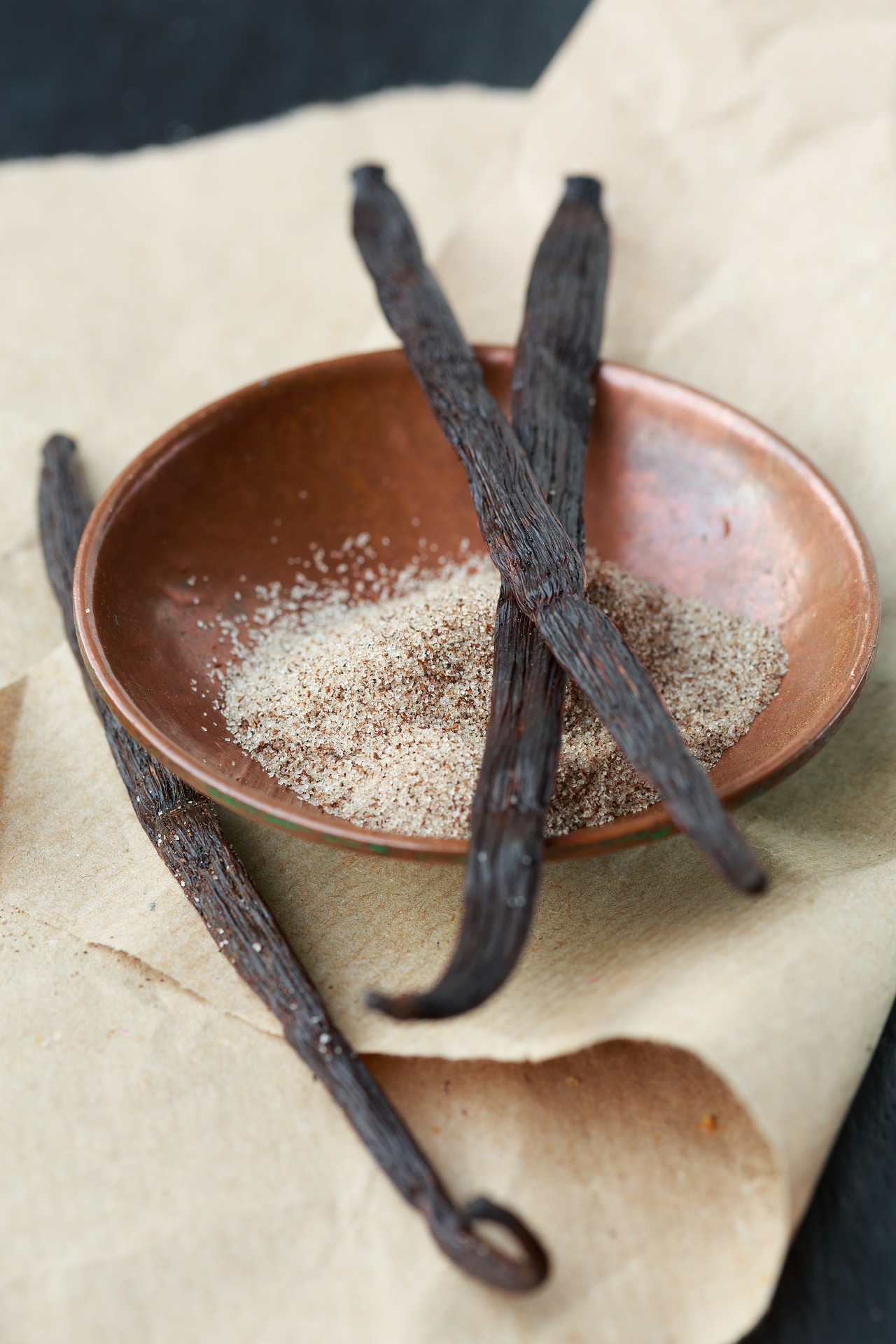
Not many people know this, but vanilla is a Mexican spice. The orchid has gained global recognition, being one of everyone’s favorite flavors, but it’s uniquely Mexican at its core. Today, Mexico is the fourth-largest producer of the decadently aromatic spice behind Madagascar, Indonesia, and China.
Real vanilla beans can be expensive, though, since each pod has only a teaspoon of vanilla paste. Don’t confuse natural vanilla with artificial flavorings, that today are much more popular; the real thing is unforgettable.
Try vanilla in Mexican sweets and pastries, and it’s mainly used in custard desserts.
Mexican Spices and Herbs Are Incredibly Varied
With thirty-two independent states, Mexico has many regional cuisines. Food is not the same on the warm, sunny coasts as in the inland arid deserts, the mountainous landscapes, or the tropical south. Every region has its herbs and spices, and we could even say every household has its preferences.
Explore Mexican food through its herbs and spices. You’ll soon become an expert, and one bite at a time, you’ll be able to infuse your food with the festive Mexican spirit. Let’s get that Fiesta started! Did someone say tequila?
Highly Rated – Social Media Chatter on Mexican Cuisine
Eat or Pass!?
Quick & Easy Buffalo Chicken Taquitos🍗🔥
By _aussiefitness
125 Calories & 14g Protein💪🏼
If you’re looking for a quick, easy & healthy snack that you can take to work or school these crispy buffalo chicken taquitos pack 14g of protein each & are only 125 calories! You only need a few ingredients & they’re perfect for meal prep.
(Per Serve - 12 Total)
125 Calories
10gC | 2.7gF | 14gP
Ingredients:
480g Cooked & Shredded Chicken Breast
85ml Buffalo Sauce (Franks Redhot Buffalo Sauce)
120g Low Fat Cream Cheese (or blended low fat cottage cheese for extra protein)
Smoked Paprika, Garlic Powder, Onion Powder & Ranch Seasoning (Deliciou)
Finely Sliced Spring Onion/Scallions
90g Low Fat Cheese (Bega 50% Less Fat Grated Cheese)
12 Warm Mini Corn Tortillas (Mission Corn Tortillas)
Light Cooking Oil Spray (Frylight)
(Optional Topping) Low Fat Greek Yoghurt + Ranch Seasoning, Chives & Buffalo Sauce
IMPORTANT NOTES:
Place half of the tortillas onto a plate with a damp paper towel on top & microwave for 25 - 45 seconds. This step is crucial to ensure the tortillas don’t break when rolling them.
Cooking Times:
Air Fry = 10 - 15 Min 200°C or 400°F (flip half way)
Oven Bake = 20 - 25 Min 190°C or 380°F (flip half way)
(times may vary slightly depending on the air fryer/oven)
Unlock the secrets of high protein & low calorie cooking with the Elite Low Calorie & Fakeaway Favourites Cookbooks, now 50% OFF 🧑🍳📖 Don’t miss out on the ultimate bundle deal for an even healthier & wallet-friendly experience 🔥
#taquitos #mexicanfood #chickenrecipes #chicken #mexicancuisine #healthy #mealprep #easyrecipe #healthyrecipes #lowcalorie #weightloss #fatloss #gymfood #highprotein #macrofriendly #lowcaloriemeals #highproteinmeals
ร้านอาหาร Spanish + Mexican แถวหัวลำโพงในโรงแรม Sapin (ซาแปง) ร้านตกแต่งสวย vibes ดีมาก ถ้าใครไม่เคยลองอาหารประเภทนี้แนะนำให้มาลองร้านนี้ก่อนเลย รสชาติเข้าถึงง่ายและมีเมนูที่คุ้นเคยกันดีอยู่แล้วด้วยอย่างพิซซ่าหรือพาสต้า จานที่แนะนำเป็นพิเศษคือ Paella หรือข้าวผัดสเปน ข้าวมี texture กรุบกรอบรสชาติเข้มข้น Scallop pasta เป็นอีกจานที่อร่อยเลย และที่ขาดไม่ได้คือ Ultimate Nachos ที่มากับท็อปปิ้งล้นๆ กินเพลินสุดๆ อาหารเค้าทำออกมาได้ดีทุกจาน อร่อยมากค่ะ เป็นอีกร้านที่อยากกลับมาซ้ำอีกเร็วๆนี้ 🤩
- Coco Paella Seafood 990B
- Coco Paella Squid Ink Seafood 1,290B
- Creamy Ikura Scallop Pasta 790B
- Ultimate Nachos 250B
- Nduja & Chorizo Pizza 590B
- Grilled Tomato And Eggplant Burrata Salad 490B
- Churros 180B
- Nutella French Toast 330B
📍 cocolimabkk
🏢 Sapin Hotel ชั้น 2
⏰ Sun - Thu 8:30 - 23:00 | Fri - Sat 8:30 - Midnight, Last Order 22:00
📱 081-321-4555
#cocolimabkk #paellabangkok #spanish #mexicanfoodbkk #mexicanfood #spanishfoodbkk #spanishrestaurant #spanishfood #bkkcafe #bkkmenu #bkkeats #bkkfoodie #bkkfoodguide #bkkfoodig #aroibkk #bkkstuff #foodbkk #bangkokeats #bkkmenu #foodbkk bkkfoodguide #bangkokfood #bangkokrestaurant #foodgasm #goodeats
The best Carnitas Tacos start with the best carnitas that readers call, “AMAZING!!!” “BIG HIT,” “TRULY THE BEST” and “Literally the best recipe I’ve ever found on Pinterest.”
The pork is supremely juicy, mouthwatering fiesta fireworks thanks to a few elevating ingredients and so easy to make ahead in the slow cooker or instant pot.
Top the tacos carnitas simply or with provided recipes for avocado crema, corn salsa, or pineapple salsa and sink your teeth into the best tacos ever!
*Swipe LEFT to see how to make it in a 1 minute video 🎬
*Want the recipe? Tap CarlsbadCravings and click the “linkinprofile” link at the top of the page in my profile description OR search for the recipe at CarlsbadCravings.com
.⠀⠀⠀
.⠀⠀⠀
.⠀⠀⠀
.⠀⠀⠀
.⠀⠀⠀
#buzzfeedfood#instayum #foodie #TODAYfood #dinnertime #feedfeed #instafood #foodideas #buzzfeast #yahoofood #marthafood #tacos #onmytable #huffposttaste #carnitastacos #dinnerideas #hungry #thekitchn #foodie #carnitas #cookit #tacotuesday #taco #mexicanfood #slowcooker #crockpot #crockpotmeals #carnita #mexicanrecipes #shreddedpork #dinnerrecipes
Sources:
- https://www.quepasafoods.com/en-us/complete-guide-mexican-spices/
- www.onegreenplanet.org/vegan-food/mexican-spices-to-spike-up-your-meals/
- https://www.thespruceeats.com/the-flavors-of-mexico-2342738

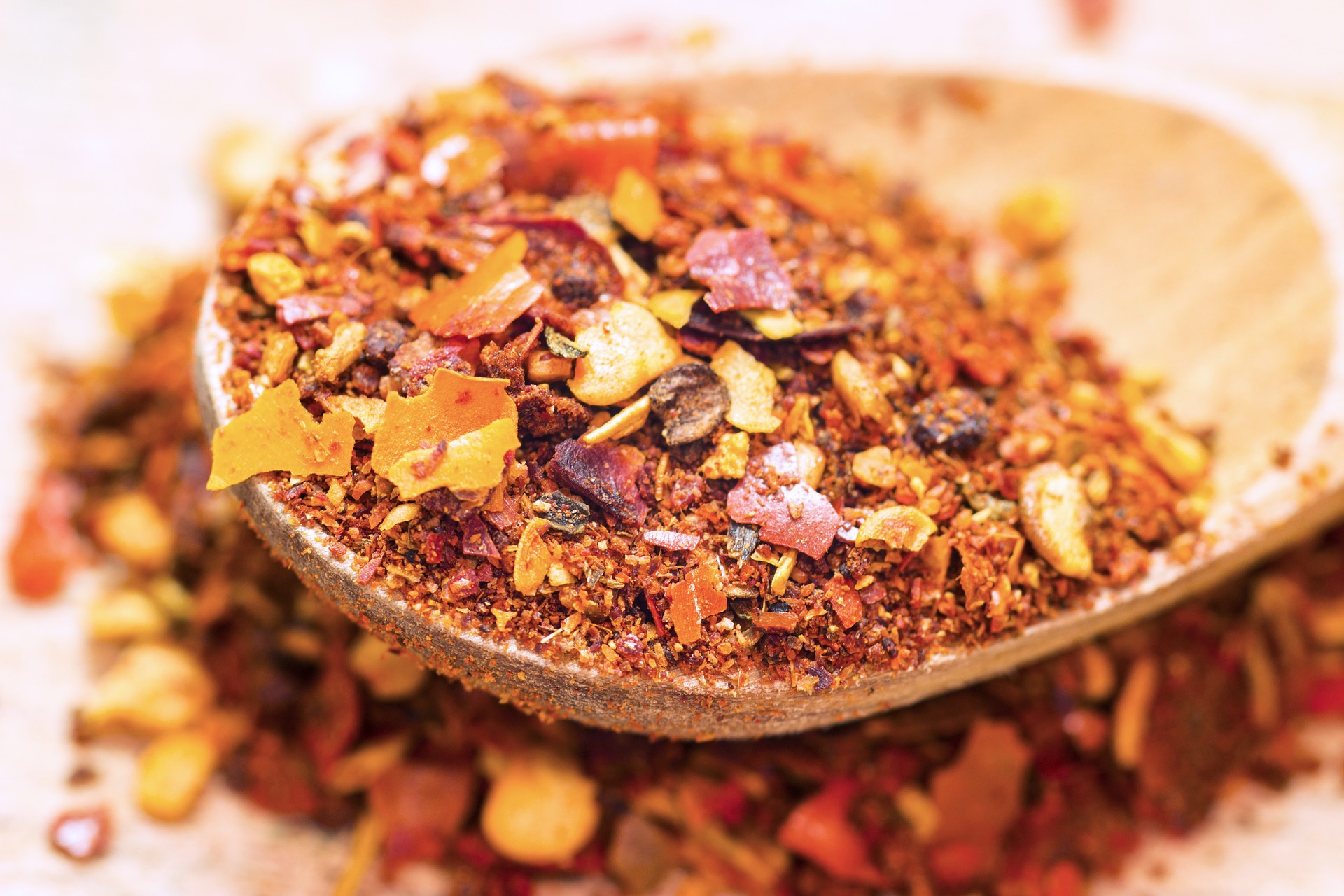

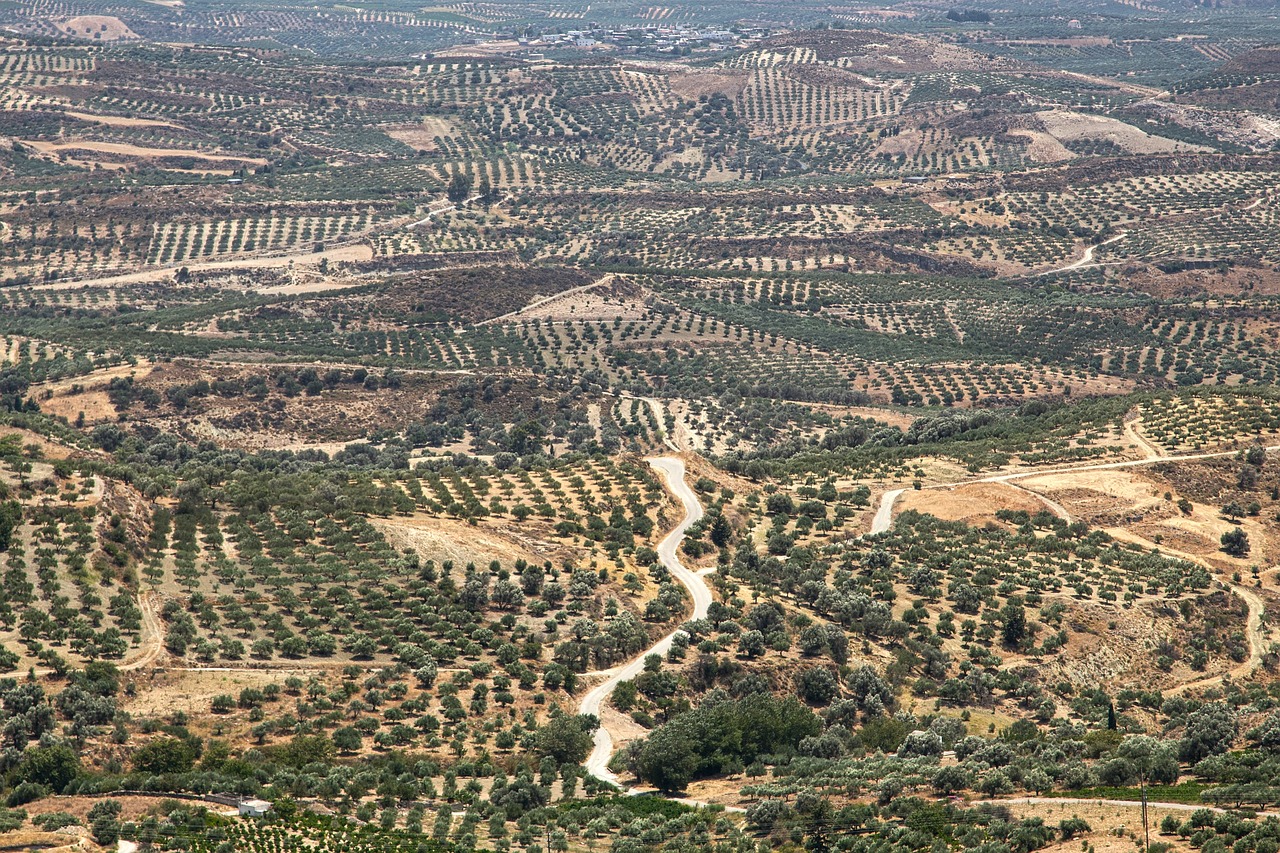
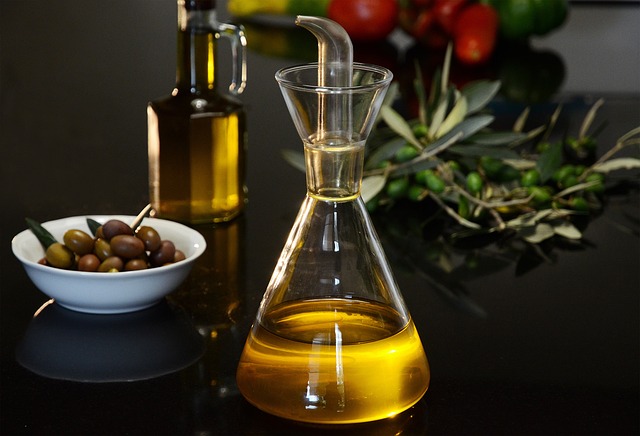
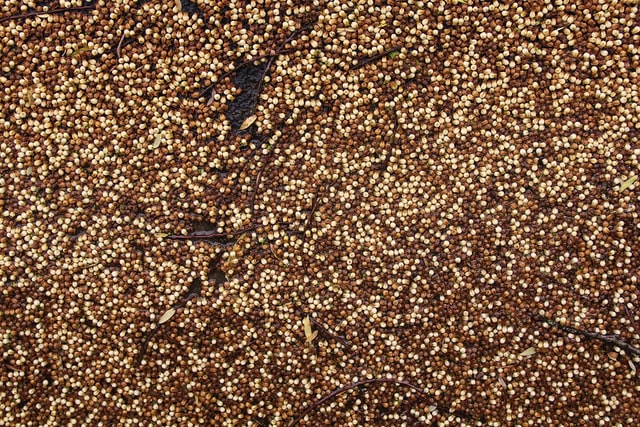
I live very close to Mexico and I can say from personal experience that Mexican food is not as spicy as everyone thinks it is, but rather very flavorful. Pozole is one of my favorites that my friends would make for me here. I have two native friends, each from a different area in Mexico, and they would make theirs different from each other. I did not know however that oregano played such a large part in the flavor of pozole. Hoja santa being in tamales is something new to me that I didn’t even know existed. Tamales are a favorite of mine, so I supposed I need to get on with learning how to make them properly. Where would I go about trying to find the hoja santa leaves?
thank you much. In the process of finding the right hoja Santa leaves. Will let you know as soon as we find right source at our curated shop.
I love Mexican food. I do love to cook with Oregano. I heard of vanilla and spicy chili peppers are hot for me. I just never heard of Axiote so I learned another spice. Good job. The next time I have Mexican I will think of this post. The post was informative and descriptive. You had pictures. The Axiote looks like a pomegranate.
Thanks Alicia